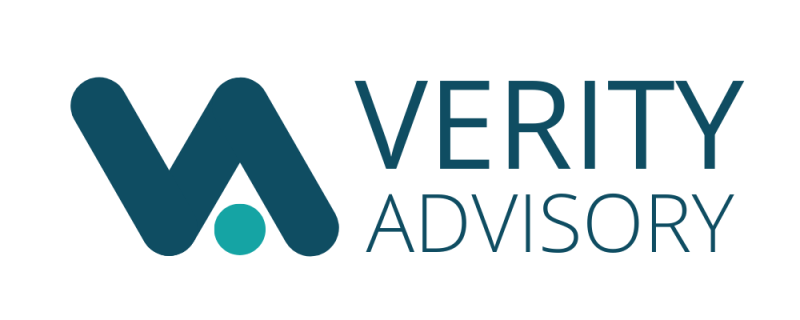Superannuation is generally regarded as a long-term savings plan for retirement. However, in times of financial hardship,
it can also serve as a vital source of support. While super is primarily designed to fund retirement, there are specific circumstances
where early access is permitted to help individuals facing financial difficulties. This article outlines these provisions and how
superannuation may provide relief in challenging situations.
Accessing Super on Compassionate Grounds
If you are experiencing financial hardship due to certain essential expenses that you are unable to afford, you may be eligible to access
your super on compassionate grounds. This provision allows you to withdraw a lump sum to cover specific costs, such as:
- Eligible medical treatments and associated transport expenses
- Home or vehicle modifications required due to a disability
- Palliative care for yourself or a dependent diagnosed with a terminal illness
- Funeral expenses for a dependent
- Mortgage relief to prevent the foreclosure or forced sale of your primary residence
There is no fixed limit on how much can be withdrawn under compassionate grounds, except in cases of mortgage relief, which is restricted to
an amount covering three months of repayments and 12 months of interest on the outstanding loan balance. It is important to
note that this applies only to a principal place of residence and not to investment properties.
To apply for early super access under compassionate grounds, you must submit an application to the Australian Taxation Office (ATO).
This can be done online via myGov or by requesting a paper form from the ATO. Individuals with a self-managed super
fund (SMSF)
must also obtain ATO approval before withdrawing super under this provision. Once approved, you must provide the approval letter to your
super fund to facilitate the release of funds. Be mindful that tax may be applicable on the amount withdrawn.
Accessing Super Due to Severe Financial Hardship
If you do not qualify under compassionate grounds but are experiencing significant financial distress while receiving a Centrelink
income support payment,
you may be eligible to access your super under the severe financial hardship provision. The eligibility criteria depend on
your age:
✔ For individuals under 60 years and 39 weeks:
You may apply for a single withdrawal of up to $10,000 within a 12-month period, provided that:
-
You have been receiving an income support payment (such as the JobSeeker Payment) for at least 26 consecutive weeks,
and
- You are unable to meet immediate and reasonable living expenses, such as mortgage repayments.
✔ For individuals aged 60 years and over (with at least 39 weeks on income support):
There is no withdrawal limit, and you may be able to access your full super balance if:
- You have received an income support payment for at least 39 weeks since turning 60, and
- You are currently unemployed.
If you wish to apply for early super access due to severe financial hardship, you must contact your super fund directly, as
they are responsible for assessing applications under this provision. The same eligibility criteria apply to self-managed super fund
(SMSF) trustees,
who are legally required to assess applications in accordance with these rules.
Key Considerations
Having the option to access superannuation during financial hardship can provide much-needed relief in urgent situations, such as covering
medical expenses, preventing home foreclosure, or managing essential living costs. However, early withdrawal will reduce your
retirement savings,
so it is important to carefully consider all available options before making a decision. Additionally, withdrawals may be subject to tax.
If you are considering accessing your super due to financial hardship, it may be beneficial to seek professional advice to help you navigate
the process and understand the long-term implications.



